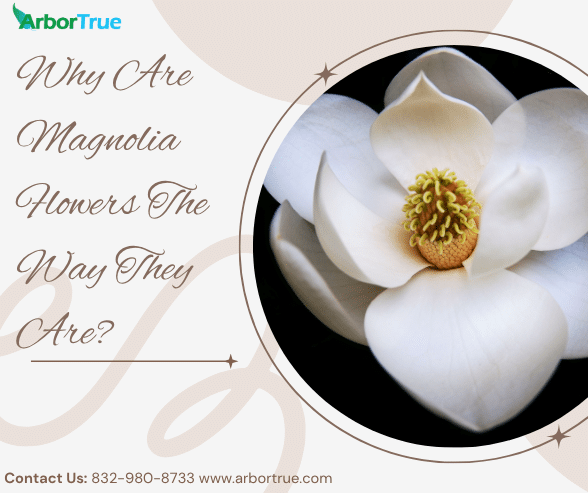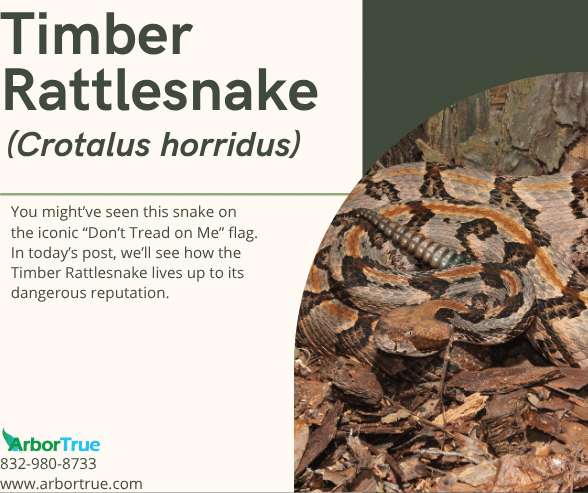
Why Evergreens are Ever Green
December 27, 2023
Mushroom Monday: Velvet Foot Mushrooms
January 1, 2024

Lady Beetles
On our TrueTreeTalk blog we’ve referenced beneficial insects. Today we’re going to highlight a very important one, the lady beetle.
Lady beetles, also known as ladybugs, are predatory insects. They mainly eat aphids, but also eat mites, insects that are small enough for them to catch, and eggs of insects. Although they mainly eat aphids, mites, and similar things, they can also be generalists, eating whatever they can find, and they do so in large numbers both as larvae and adults. This is why they are considered beneficial. They generally eat pests that damage plants. Additionally, as adults, they can also eat pollen and nectar (the larvae are only predators though).
Although lady beetles generally eat insects and similar things, there are at least two species, Epilachna varivestis and Epilachna borealis, that eat plants.
When you think of a lady beetle, you probably think of what are called “Seven-spotted ladybugs”. These beetles are the classic lady beetle and are orange or red with seven black spots. Their head is black and has white on each side. They are round in shape, have a dome appearance, and are shiny. They have six legs and wings. This classic look is generally what lady beetles look like, although there are many variations. The different variations are one way different species are identified.
There are thousands of species of lady beetle worldwide, with hundreds in the U.S., Mexico, and Canada combined.
Although lady beetles are predators, they also are eaten by predators. They are mainly prey for birds, but can also be eaten by frogs, dragonflies, spiders, and other things. To defend themselves, lady beetles secrete a substance that both smells and tastes bad. One idea is that the bright colors of the beetles warn predators about that bad taste.
Lady beetles generally go through four stages. They start out as eggs and then become larvae. As larvae, they go through different stages, and can look a bit like very small alligators, before becoming pupae. After being in the pupae stage, they become adults.
Lady beetles are adults during the winter (generally in a dormant condition called diapause) and spread out during the spring. They generally lay their eggs in the spring or at the start of summer, where prey is. As adults, lady beetles can live for three or so months to a year or more depending on species and conditions.
Lady beetles are beneficial insects. They help control pest populations on crops, trees, and landscape plants. If you see one in your landscape, take a moment to appreciate this very important little beetle.



